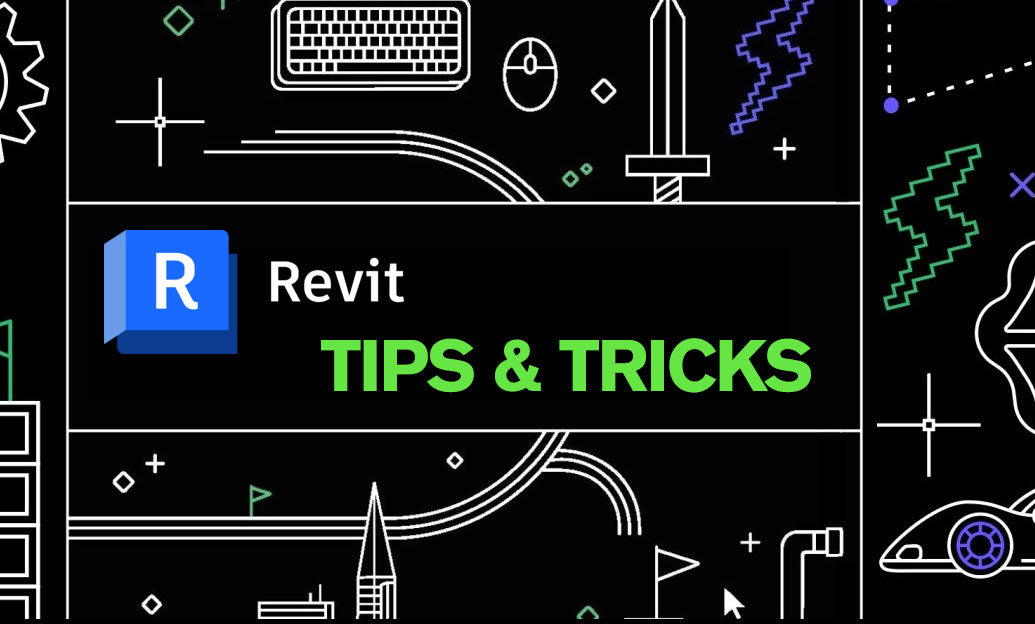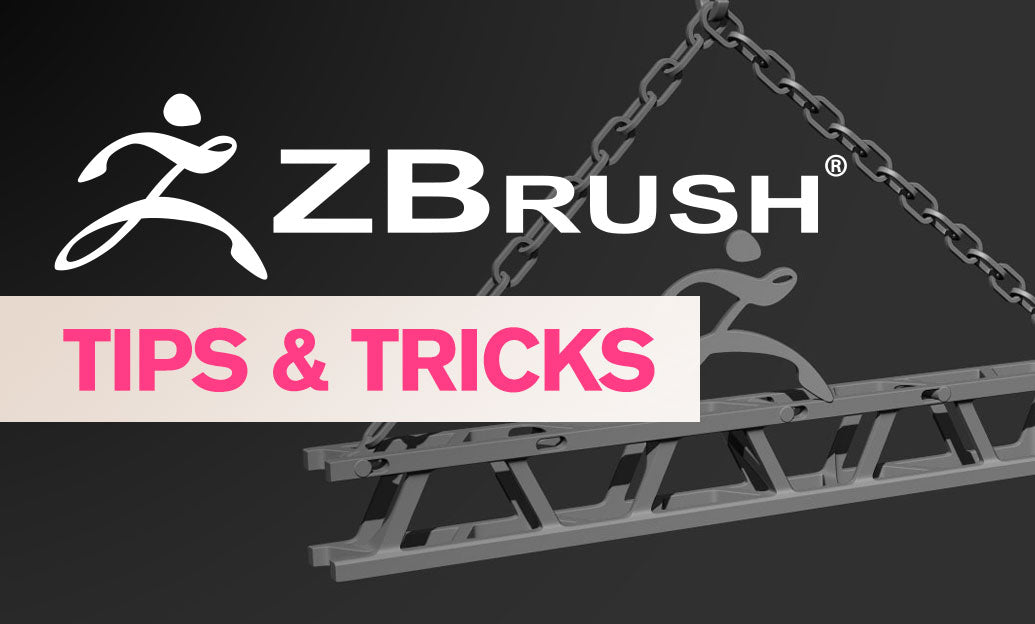Your Cart is Empty
Customer Testimonials
-
"Great customer service. The folks at Novedge were super helpful in navigating a somewhat complicated order including software upgrades and serial numbers in various stages of inactivity. They were friendly and helpful throughout the process.."
Ruben Ruckmark
"Quick & very helpful. We have been using Novedge for years and are very happy with their quick service when we need to make a purchase and excellent support resolving any issues."
Will Woodson
"Scott is the best. He reminds me about subscriptions dates, guides me in the correct direction for updates. He always responds promptly to me. He is literally the reason I continue to work with Novedge and will do so in the future."
Edward Mchugh
"Calvin Lok is “the man”. After my purchase of Sketchup 2021, he called me and provided step-by-step instructions to ease me through difficulties I was having with the setup of my new software."
Mike Borzage
Revit Tip: Maximizing Revit's Linework Tool for Enhanced Architectural Drawings
February 02, 2025 3 min read

Effective use of the Linework tool in Revit can significantly enhance the clarity and presentation of your architectural drawings. Mastering this tool allows you to control the visual hierarchy within your models and ensure that your documentation communicates design intent accurately. Here are some tips to help you maximize the potential of Revit’s Linework tool:
- Accessing the Linework Tool: The Linework tool is accessible via the "Modify" tab or by typing "LINEWORK" in the command bar. Familiarizing yourself with its location and keyboard shortcuts can streamline your workflow and save valuable time during the design process.
- Customizing Line Styles: Customize line weights, colors, and patterns to differentiate between various elements such as walls, doors, and structural components. This customization enhances readability and ensures that crucial details stand out. You can create custom line styles in the "Object Styles" dialog, allowing for consistent application across your project.
- Overriding Linework Appearance: Use temporary overrides to alter the linework appearance in specific views without affecting the overall model. This feature is particularly useful for highlighting specific areas during client presentations or internal reviews, enabling you to focus attention where it’s needed most.
- Using Linework with Hidden Lines: Combine the Linework tool with hidden line settings to better represent complex geometries. This combination helps in depicting elements that are not directly visible, providing a more comprehensive understanding of the structure. Adjusting the hidden line settings can enhance the depth and clarity of your drawings.
- Enhancing Detail Drawings: Utilize linework to add intricate details in section and elevation views. Detailed linework adds depth and precision, making your drawings more informative and easier to interpret. Incorporate linework to emphasize specific construction details or material interfaces for better comprehension.
- Organizing Linework Elements: Keep your linework organized by categorizing them based on different components or systems. This practice helps manage large projects efficiently and ensures that modifications can be made quickly without disrupting the overall layout. Use consistent naming conventions and group similar elements to maintain order.
- Utilizing Imported Linework: Import linework from external sources, such as CAD files, to maintain consistency across documents. Ensure that imported linework adheres to your Revit settings for line weights and styles to prevent discrepancies. This is particularly useful for integrating legacy data or collaborating with other disciplines.
- Leveraging Linework in Annotations: Enhance annotations and tags with clear and precise linework. Well-defined annotations support better communication of design intent and reduce the likelihood of misinterpretation. Use linework to connect tags to specific elements without cluttering the drawing.
- Advanced Linework Techniques: Explore advanced techniques such as creating custom linework families or utilizing conditional visibility based on view parameters. These techniques allow for greater flexibility and adaptability in your documentation process, enabling you to tailor linework to specific project requirements.
- Maintaining Consistency Across Views: Ensure that linework styles remain consistent across different views and sheets. Consistency aids in creating a cohesive set of drawings that are easier to navigate and understand. Use view templates to standardize linework settings across multiple views.
For more advanced techniques and resources on leveraging the Linework tool, visit NOVEDGE. NOVEDGE offers a wide range of tutorials, tools, and professional expertise that can help you elevate your Revit skills and optimize your architectural drawings. By utilizing the resources available through NOVEDGE, you can stay updated with the latest tips and best practices to ensure your projects are executed with precision and efficiency.
You can find all the Revit products on the NOVEDGE web site at this page.
Also in Design News

ZBrush Tip: Enhance Your ZBrush Workflow with Symmetry Tools and Techniques
February 02, 2025 2 min read
Read More
AutoCAD Tip: Streamline AutoCAD Workflow with Effective Group Management Techniques
February 02, 2025 2 min read
Read More
V-Ray Tip: Enhancing V-Ray Animation: Essential Tips for Optimal Render Settings and Workflow Efficiency
February 02, 2025 2 min read
Read MoreSubscribe
Sign up to get the latest on sales, new releases and more …


